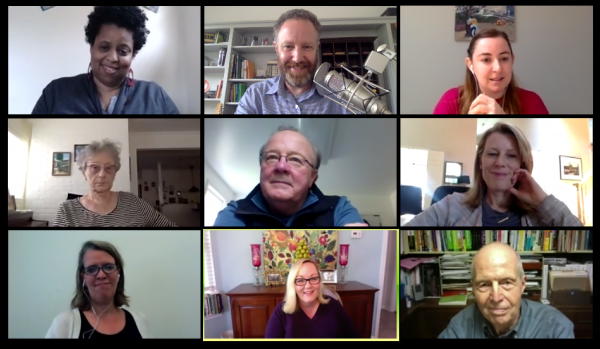Yesterday was a little tough for me. I had this intense feeling of “the fear of missing out” all day long. Why? Because I missed out on meeting a bunch of famous authors and celebrities, and I missed catching up with some wonderful friends who I rarely see.
You see, I decided to skip going to BookExpo yesterday. BookExpo is this huge tradeshow in New York City where all of traditional publishing meets. The big publishers are there, famous authors are there, and its only open to those “in the industry.” I had my ticket, and I didn’t use it.
In saying “no” to BookExpo, I instead said “yes” to my own creative work. I instead used that time to focus on some creative projects.
I tried to view it as a one-day creative retreat, just me in my studio:
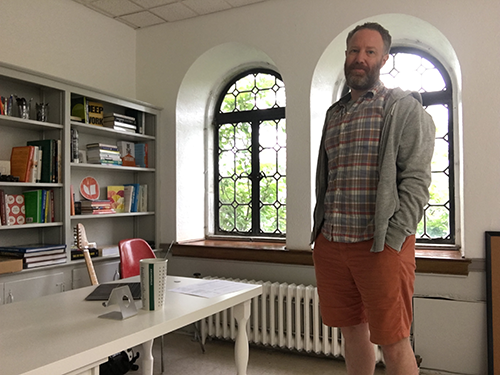
Today I want to share the exact process I used that day in order to make progress on the creative work that matters most to me. How I turned 8 hours into a big creative leap forward, and my advice for how you can do the same thing:
Step #1: Decide How You Want to Feel
BookExpo is truly a joy for me to attend. Here is a look at my previous visits:
Pretty glamorous, right? In the past, I’ve met wonderful authors there including Brené Brown, Amy Tan, Gretchen Rubin, Mo Willems and many others.
But BookExpo is also the bright and shiny thing that would distract me from my goals. From doing the work that I think about constantly: truly helping writers and artists create and share their work.
Going to Bookexpo would have been saying “yes” to exhausting distraction, and “no” to my creative vision. That is why a couple years ago I turned down a free trip to Hawaii. The Hawaii trip would have been amazing, but it also would have turning my back on the things that matter most to me. At the time I asked my friend Jennie Nash for advice on if I should go on the trip or not, and she said this:
“EVERYONE would say yes to this. Even if it meant they would be busy and overwhelmed, and it meant their wife would be mad at them. It’s because they rushed for the shiny object and were distracted from what matters most.”
When I considered not going to BookExpo, I asked myself what I would accomplish instead. The day was already cleared on my calendar, I had no meetings or obligations.
I asked myself, “How do you want to feel at the end of that day?”
In considering this, even though it would have been great to be able to say, “I met Susan Orlean!” the honest answer is that I wanted to end the day feeling as though I had taken clear actions to live up to my mission and help more writers and artists.
Then I read this quote from Warren Buffet:
“The difference between successful people and really successful people is that really successful people say no to almost everything.”
Which brings us to the next step…
Step #2: Set Clear Goals
The first thing I did that day was write down four clear things I wanted to accomplish by the end of the day. This was the list:
- Create a free guide that outlines five simple actions that a writer or artist can take to push their work forward and connect it to their ideal audience. Something super useful and practical. Oh, this is what I ended up creating, a 19 page PDF, I hope you like it!
- Reconnect with writers and artists that I haven’t spoken to in awhile.
- Really sit down and consider how can make the next session of my Creative Shift Mastermind become more accessible to those who would love it. (By the way, the next session begins July 1, full details here)
- Take a clear action to connect with writers and artists who inspire me. My days are spent in the trenches with those who create, and I wanted to ensure I was expanding this circle.
In some ways, these goals are huge. It’s a lot to do in one day. This is how I tackled it…
Step #3: Involve Others to Stay Accountable
After I outlined my goals, I immediately involved others in the process. The surest way for creative work to fail is to hide it from the world.
I posted to Instagram and Twitter that I’m skipping BookExpo to give myself a day of creative growth. I immediately wanted to make myself publicly accountable to the goals I was setting for the day. To feel obligated to live up to my intention.
Then I went into my Mastermind group and created a new discussion area specifically devoted to this one-day creative retreat. I shared with them everything in this post as it happened.
It was pretty amazing. Right away, they were supporting me, asking questions about my process, and many were even inspired to take their own actions that day to double-down on their creative work. The entire day they were in my corner. It felt A-MAZ-ING. I am deeply grateful for how supportive that group is.
Having them there fueled me to ensure I made clear progress that others could see. Living up to their expectations kept me from checking email, social media, the news, or any other distraction — they kept me focused.
Step #4: Done is Better Than Perfect
The next step was to actually do the work! For each goal, In considered what minimum viable success would look like for each item on my list of goals.
For the PDF guide I created, I originally envisioned it as being much longer and wordier. When I considered the minimum I would need to do for it to be useful, I realized that it didn’t need all of that. It needed five clearly expressed ideas, and then five useful actions for someone to take.
I quickly took photos to include in it, put together a very basic design template, and created an outline. Within two hours I had a solid rough draft, and it only took another hour to finish it.
I actually published it live to my website at that moment, even though my editor hadn’t yet proofread it for typos and grammar. I told myself, “Done is better than perfect.”
The good news is that it was only a couple hours later that she was able to make the corrections, and I simply swapped out the file with the revised version.
This same idea applied to all of my goals. For reaching out to the writers and artists that I hadn’t talked to in awhile, I had a clear number in my mind of how many emails or phone calls would be “good enough.”
It felt amazing to reach out like this, too. To make time to for those who truly inspire me.
Step #5: Assess Progress
Throughout the day, I kept checking my list of goals to check progress. I felt like there was an energy throughout the day because the list of goals was so clear. I would constantly review them and see how I was doing.
Every time I checked off a task, I reported back to the folks in my Mastermind group about it. I think that helped a lot. When you have a long to-do list, it is so easy for other items to get added to it, or for one tasks to take up 90% of your time.
The clarity of a short list of goals and bringing in accountability partners helped me stay focused.
At the end of the day, I assessed progress again, and checked in on how I felt. Did I feel like what I accomplished was worth the trade off of skipping BookExpo. Of not meeting Susan Orlean, or seeing Rick Riordan, or bumping into Dr. Ruth?
Step #6: Celebrate Success
While I’ll never know what would have come of those chance encounters at BookExpo, what I do know is that I feel great about what I accomplished in this one-day creative retreat.
What did I do next? Celebrate success!
Too often, writers and artists move past big milestones, but forget to celebrate them because they are already worried about the next task on the list. I think it is important to pause and celebrate success.
Here are a few ways I’m doing that:
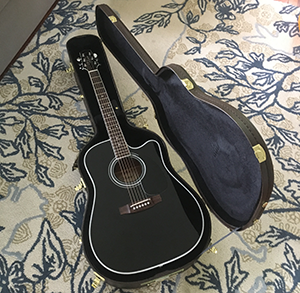 I’m recognizing and sharing what I achieved. Each task had an element of connecting my work to someone, and that feels wonderful.
I’m recognizing and sharing what I achieved. Each task had an element of connecting my work to someone, and that feels wonderful.- I completed my goals early, so I went home early to spend time with family. My son had a friend over, and when he saw me come in the door he said, “Your dad comes home at 4pm?!” Yep, on creative retreat days I do!
- This one was kind of a coincidence, but it felt serendipitous: when I arrived home, a new guitar was waiting for me on the porch. It’s a Takamine EF341sc and it is gorgeous! It felt like a gift after a productive day.
Step #7: Share What You Learn
Finally, I wrote this blog post to try to share what I learned in the process. Writing it down helps me reflect on my own creative process, and I suppose it is my hope that you consider turning down something bright and shiny in order to focus on the creative work that matters most to you.
If you took a one-day creative retreat, what would you work on?
Thanks!
-Dan
P.S.: I just opened the doors to my next Creative Shift Mastermind session which begins July 1. Join me to get the clarity and habits you need to feel great about your creative work and ensure it connects with your ideal audience. Plus: you will become a part of a wonderfully supportive small group — your own creative community. Details here.
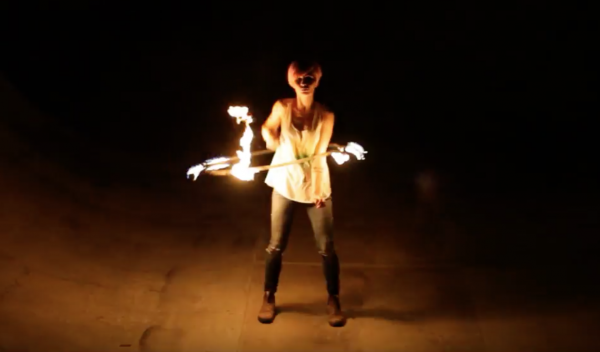


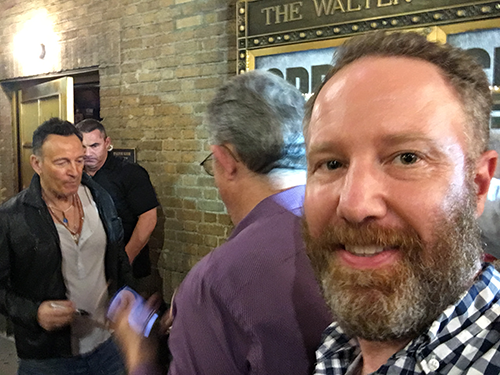
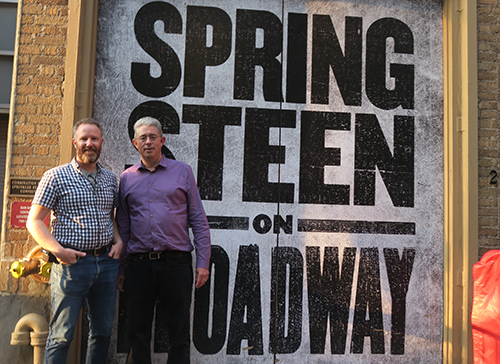
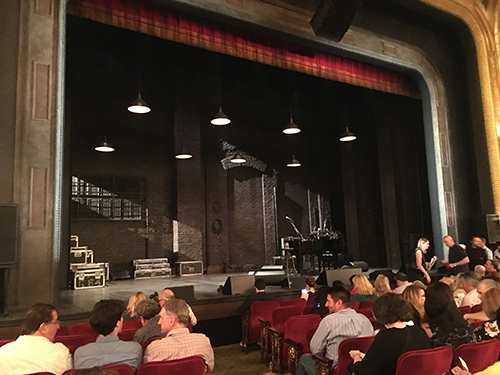
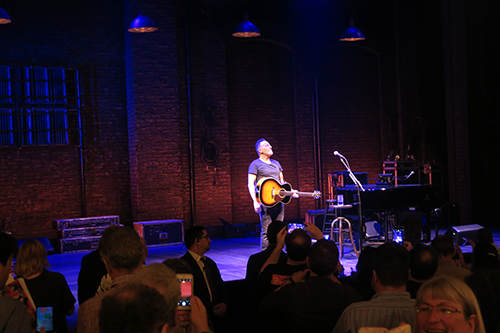
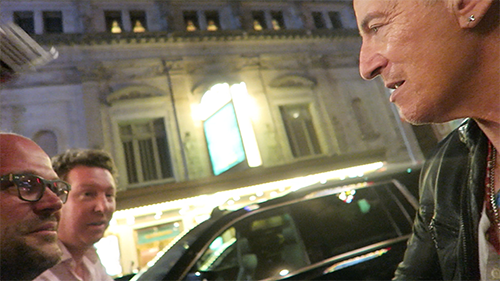

 I’m recognizing and sharing what I achieved. Each task had an element of connecting my work to someone, and that feels wonderful.
I’m recognizing and sharing what I achieved. Each task had an element of connecting my work to someone, and that feels wonderful. Instead, you need to lean into the items above. Here is an example:
Instead, you need to lean into the items above. Here is an example: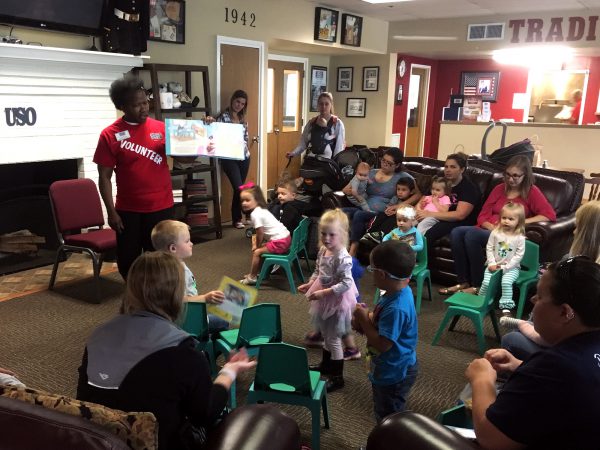
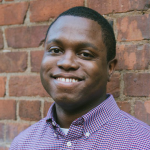 I want to share one more example of saying “YES” to your craft. I was able to interview author Michael La Ronn (right) recently, and he shared some astounding things with me, starting with this:
I want to share one more example of saying “YES” to your craft. I was able to interview author Michael La Ronn (right) recently, and he shared some astounding things with me, starting with this: